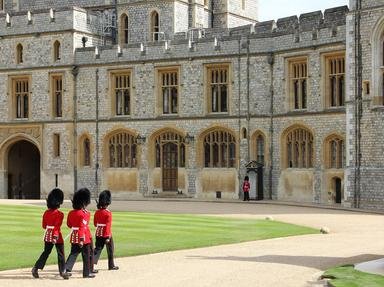Quiz Answer Key and Fun Facts
1. Robert is believed to have been born in 1274 in which castle?
2. Which title was held by Robert before becoming king?
3. What was the name of Robert's second wife?
4. Robert was not the only royal in the Bruce family. Of which two countries were his brother and sister king and queen?
5. What happened at Greyfriars Kirk in Dumfries on 10th of February 1306?
6. Which member of the MacDuff family played an important role in Robert's coronation?
7. At which battle shortly after his coronation was Robert soundly beaten?
8. Robert's brother Edward entered into an agreement with the Governor of which castle which led to the Battle of Bannockburn?
9. What were the approximate sizes of the Scottish and English armies respectively at the Battle of Bannockburn?
10. What was the name of the English knight killed by King Robert on the eve of the battle?
11. And what was the name of the English knight given free passage back to England by Robert after the battle?
12. King Edward II was captured by the Scots after Bannockburn.
13. To whom was Robert's eldest daughter, Marjorie, married?
14. In which year did Robert conclude a final peace with England?
15. In 1320 the nobles, clergy and gentry of Scotland sent a letter to Pope John XXII declaring their support of Scottish nationhood and Robert (who had been excommunicated for his sacriligious murder of John Comyn) as their rightful king. How is this letter better known?
16. Robert had three legitimate daughters, Marjorie was the eldest, who were the other two?
17. William Lamberton was one of Robert's staunchest supporters throughout his reign. What position did Lamberton hold?
18. Whom did Robert nominate to act as regent for his son David in the event of David succeeding as a minor?
19. Which disease was Robert often believed to have suffered from?
20. When he died in 1329, Robert's body was buried next to his wife in Dunfermline Abbey. Where, however, was his heart buried?
Source: Author
alan03
This quiz was reviewed by FunTrivia editor
bloomsby before going online.
Any errors found in FunTrivia content are routinely corrected through our feedback system.


